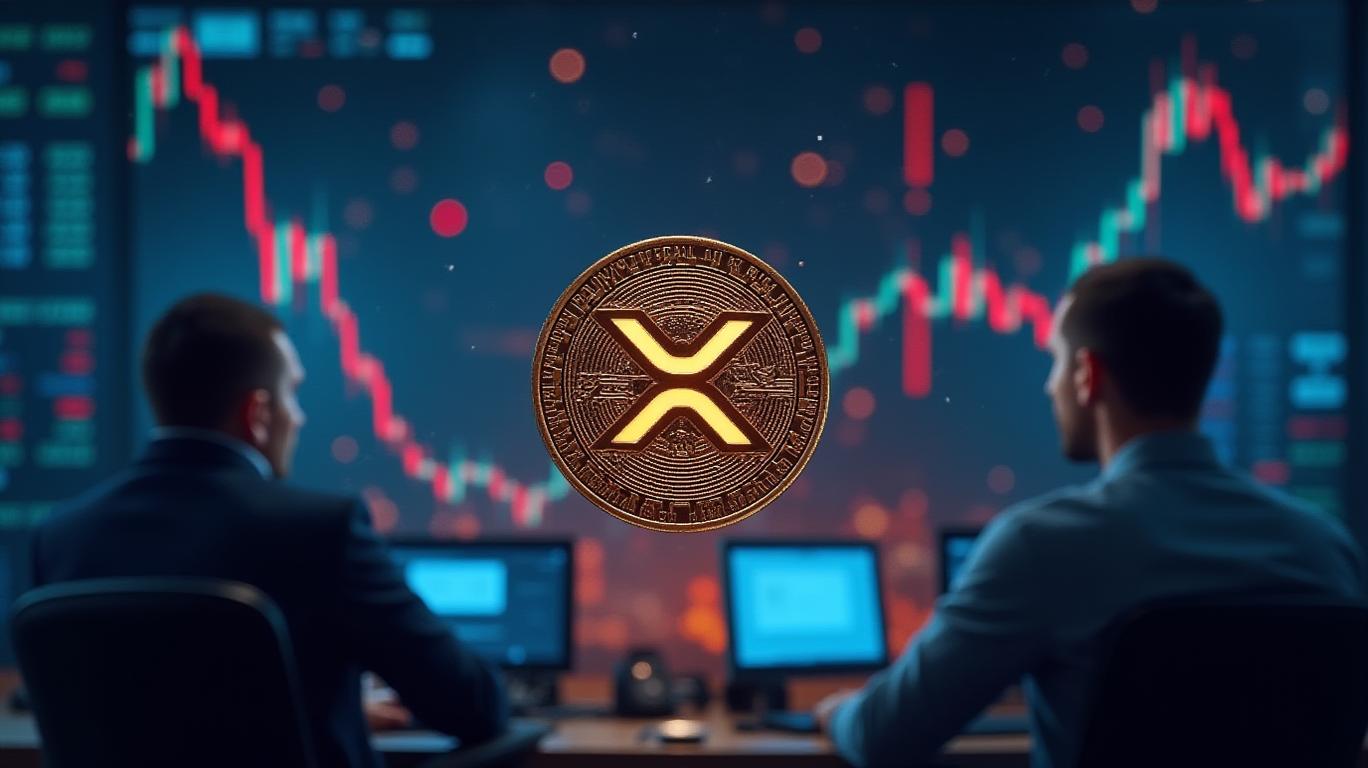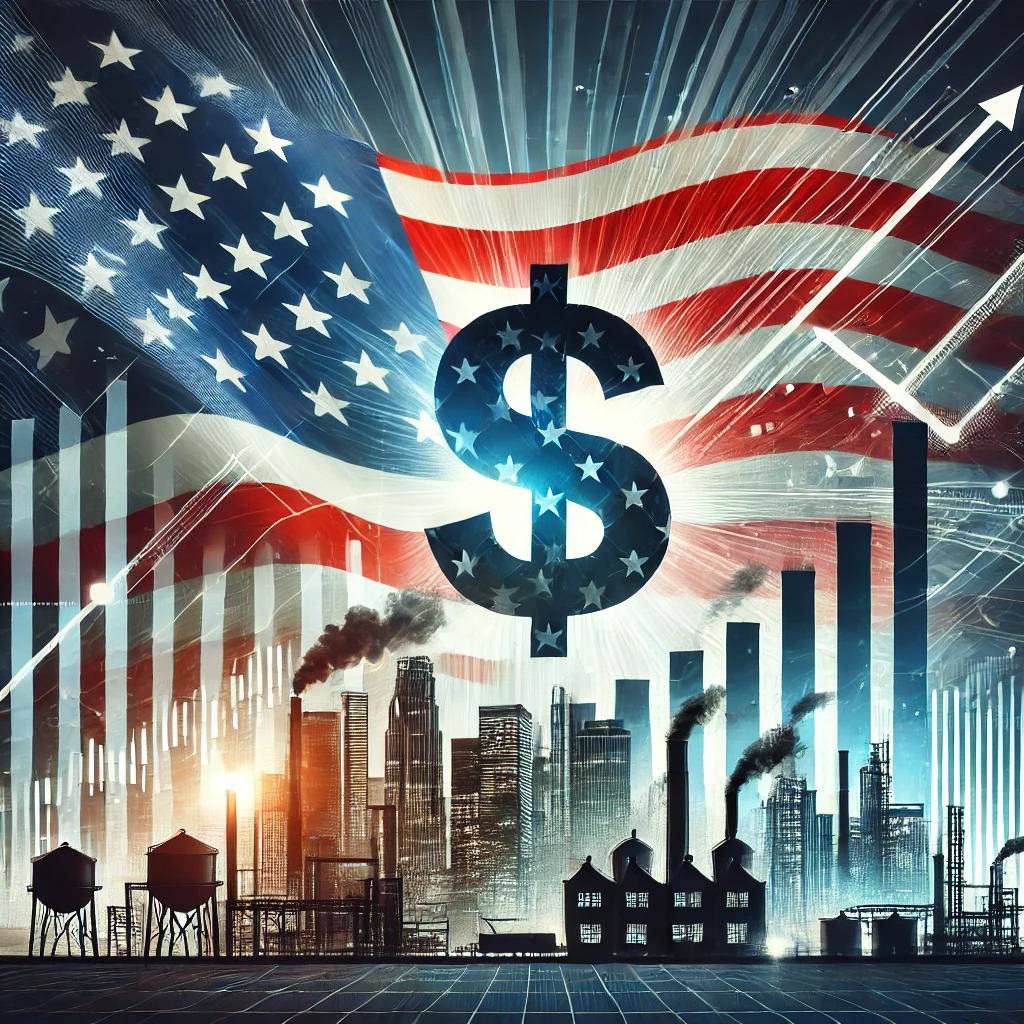Ripple's XRP Plummets 40% After Trump Tariffs Spark Market Sell-Off
XRP, the digital currency created by Ripple to streamline global payments, has seen a significant shift in market sentiment following a strong 2024 performance. The currency experienced a 235% gain driven by optimism surrounding crypto regulation, but it has since plummeted, falling over 40% from its 52-week high and dipping below the key $2.00 level. This decline was triggered by President Trump’s sweeping tariff announcement, which prompted widespread selling across risk assets, including digital currencies like Ripple.
Despite the fact that digital assets like Ripple should not face direct tariff impacts, the broader market sentiment has shifted. While XRP maintains a solid use case for cross-border payments, investors are reassessing its immediate prospects. This situation raises a key question: Is the decline temporary, or does it indicate deeper problems ahead for Ripple?
Ripple’s main value proposition lies in its ability to eliminate inefficiencies within global banking processes. By allowing financial institutions to avoid traditional networks and use XRP for instant, low-cost settlements, Ripple has established a tangible role for the digital currency. Every Ripple transaction costs a mere fraction of a cent, making it attractive for institutions handling large volumes. However, a significant issue challenges this positive outlook: banks can utilize the Ripple payment system without using XRP itself. This undermines the idea that network adoption will necessarily drive XRP price appreciation. Consequently, XRP’s long-term value, although promising, might not be as tightly connected to its adoption rate as investors would prefer.
The massive 2024 Ripple price surge resulted from a favorable political environment and relief from longstanding regulatory challenges. The United States Securities and Exchange Commission’s lawsuit against Ripple had overshadowed the token since 2020. That uncertainty decreased in August 2024 after a judge’s ruling on XRP’s status. The ruling stated that a ripple is not necessarily a security in all contexts, reducing potential future regulatory obstacles. With Trump back in office and the SEC adopting a more tolerant stance under Chairman Mark Uyeda, the crypto sector has seen a marked improvement in sentiment. The reduced settlement with Ripple and paused lawsuits against major platforms signal a regulatory slowdown. Still, investors must tread cautiously—future political shifts or renewed legal challenges could quickly reverse the current friendly environment.
Despite favorable developments, Ripple failed to break its $3.40 all-time high from 2018 during the 2024 surge. This has led analysts to believe that speculative interest, rather than fundamental utility, continues to dominate its price action. The lack of sustained momentum highlights the disconnect between XRP’s potential use case and its market performance. Ripple has long shown a pattern of sharp rises followed by lengthy downturns. After reaching its peak in 2018, it lost over 90% of its value. The recent 40% drop could signal a similar trend playing out. For now, investors appear wary, reluctant to chase gains without clearer evidence that utility-driven demand will eventually influence Ripple price.
As Ripple price hovers just around the $2 mark, investors are left navigating a complex mix of optimism and uncertainty. While XRP’s real-world utility and regulatory progress offer reasons for long-term hope, market speculation and legal risks reduce expectations. The current downturn could represent a temporary dip or the start of a deeper correction mirroring past cycles. Ultimately, XRP remains a compelling but high-risk digital currency. Its success will depend on whether institutions adopt it alongside the company’s network and if regulatory clarity continues. Until then, investors should view the current price as a buying opportunity and a reminder of the crypto market’s inherent volatility.










